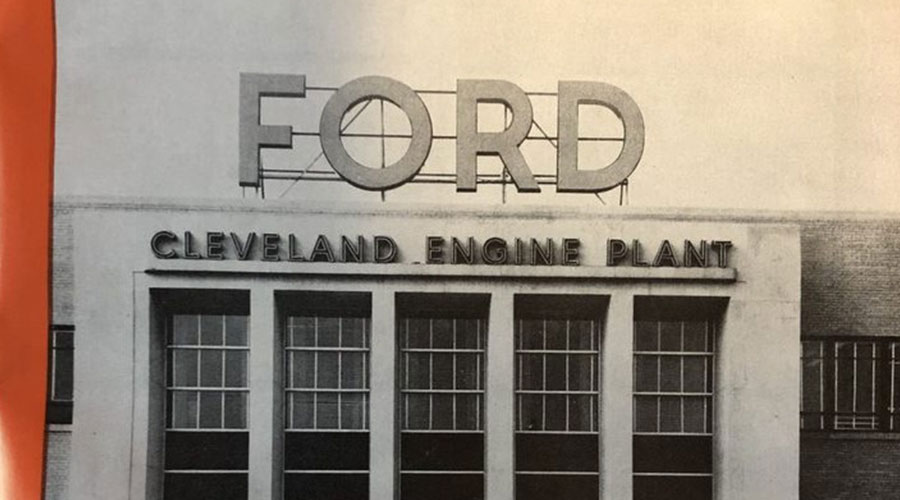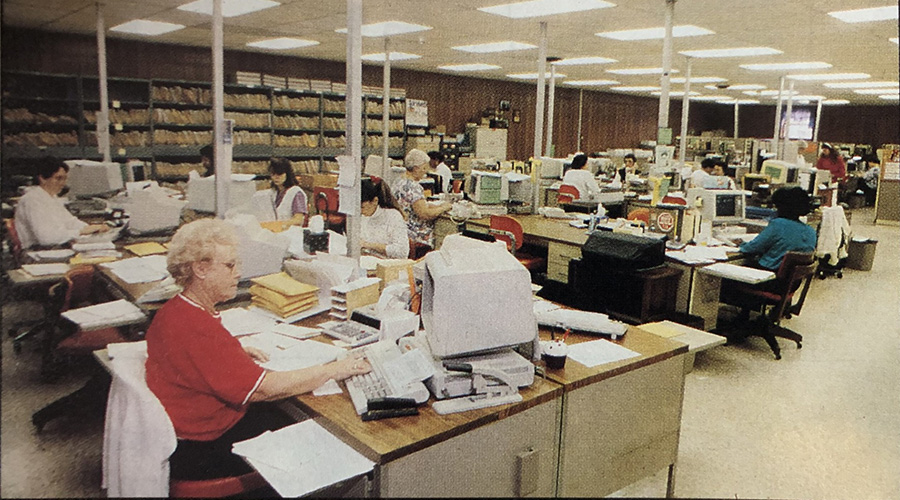Addressing the Maintenance and Engineering Knowledge Gap
Aging workforce leads managers to create new methods for training younger technicians
Maintenance and engineering managers face a knowledge gap among their technicians, and the gap is growing. But at the same time, managers need to continually meet occupant needs while balancing system operations and resource management.
We are charged with operating facilities well as measured by responsiveness to occupants, energy and water efficiency, limited downtime of critical systems, a reasonable blend of planned vs. unplanned maintenance, and timely completion rates of maintenance tasks. We organize the team, set goals, lead, and most importantly, provide focus.
But in the face of an increasing knowledge gap and too few technicians, what can a manager do? Achieving good building performance is about the way facilities are operated and maintained every day. So we need a workforce focused on carrying out the manager’s plan and has the equipment to do so. To meet that goal, managers need to focus on four areas:
Understand training needs. A good technician training program does not have to be elaborate. It does have to identify training required for each employee or job type, and it should support organization and department practices already in place. Start with these categories:
• employment practices, such as those related to the work order system and department procedures
• general training, including injury prevention, emergency preparedness and ladder safety
• regulatory issues, including material handling and storage, asbestos safety, and confined-space entry
• certifications and licenses that are trade-specific.
Mind the gaps. Understand where you need to shore up technician training when on-the-job and in-house training will not suffice. Many excellent programs are available, but here are two resources:
Building Efficiency for a Sustainable Tomorrow, www.bestctr.org. The center identifies local programs available at institutions across the country. It supports publicly funded two- and four-year colleges with programs in HVACR controls, building automation, and energy and facilities management. The program is a national collaborative promoting state-of-the-art building technician education and dissemination of the latest research, technology, and industry collaborations in energy-efficient buildings.
Building Re-tuning training, https://buildingretuning.pnnl.org. This program from the Pacific Northwest National Laboratory offers free training online. The U.S. Department of Energy’s Pacific Northwest National Laboratory developed building re-tuning to help identify opportunities for improvement in existing facilities. The focus is on equipping building operators to use data from the building automation system to understand the way a facility operates, identify problems, and address those problems through no- and low-cost solutions.
Emphasize training. Managers need to understand the value of a trained workforce – When finances are tight, training programs are often the first to be cut. But top-performing technicians who understand the intricacies of building systems actually can enact, manage and maintain operational strategies that reduce the cost of operations while still meeting performance requirements. If finances are limited, make use of free resources.
To communicate the value of a training program, benchmark your building, and track your performance. Common metrics to illustrate performance include occupant complaints, work-order response time, uptime and downtime of critical systems, planned maintenance completion rate, and monthly energy consumption.
Focus on the future. Remember high school vocational programs that went away years ago? Recognition is growing that they are valuable and necessary. One option is to communicate the needs of the managers to our educational institutions to help support burgeoning programs that will engage future workers more quickly.
These are challenging times. More than ever, our facilities need qualified, training technicians to oversee them. Our needs are increasing, our knowledge levels are decreasing, and we do not have enough skilled technicians. In the face of such challenges, we must invest in and train available workers as we cultivate tomorrow’s workforce. In accomplishing that, we will shrink the knowledge gap and produce safe, reliable, energy-efficient facilities.
Related Topics:











